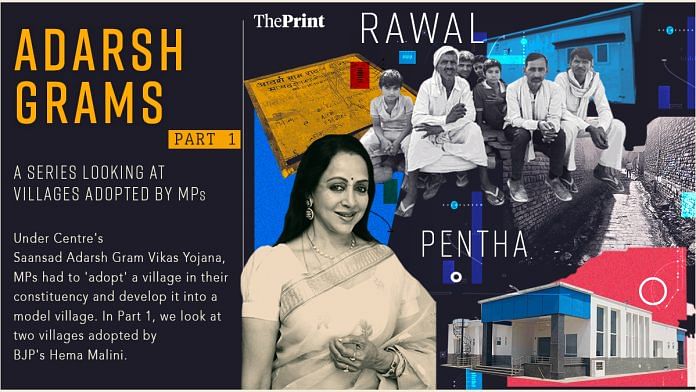This is part 1 of a series of ground reports on villages ‘adopted’ by Members of Parliament in their respective constituencies under the Centre’s Saansad Adarsh Gram Vikas Yojana.
Mathura: At the entrance of Rawal village, some 10 km from the main city of Mathura, a yellow iron board lies abandoned on the side of the road. Its fading black and red words, written in Hindi, are hard to read. But squint just a little and you can just make out the words ‘Adarsh Gram Rawal’ (Model Village Rawal) and the name of the local MP: actor-politician Hema Malini.
Rawal is one of the nine villages the 75-year-old Bharatiya Janata Party (BJP) MP adopted in the last 10 years under the Saansad Adarsh Gram Vikas Yojana (SAGY). Launched by the Modi government on 11 October 2014 — the 112th birth anniversary of socialist leader Jayaprakash Narayan — the scheme aims at identifying and “holistically” developing gram panchayats into model villages, called ‘Adarsh Grams’.
The village, which will vote in the second phase of Lok Sabha polls on 26 April, is also an important pilgrimage centre, with many Hindus considering it the birthplace of the Hindu goddess Radha.
Apart from Rawal, Hema Malini, a two-time MP from Mathura who has been fielded from the seat yet again, adopted eight other villages — Kishanpur, Gantholi, Pentha, Bisavli, Managarhi, Chiksoli, Akbarpur, and Rankoli — under the Modi government’s flagship scheme.
But a walk through two villages — Rawal and Pentha — reveals that the situation on the ground is far from ideal.
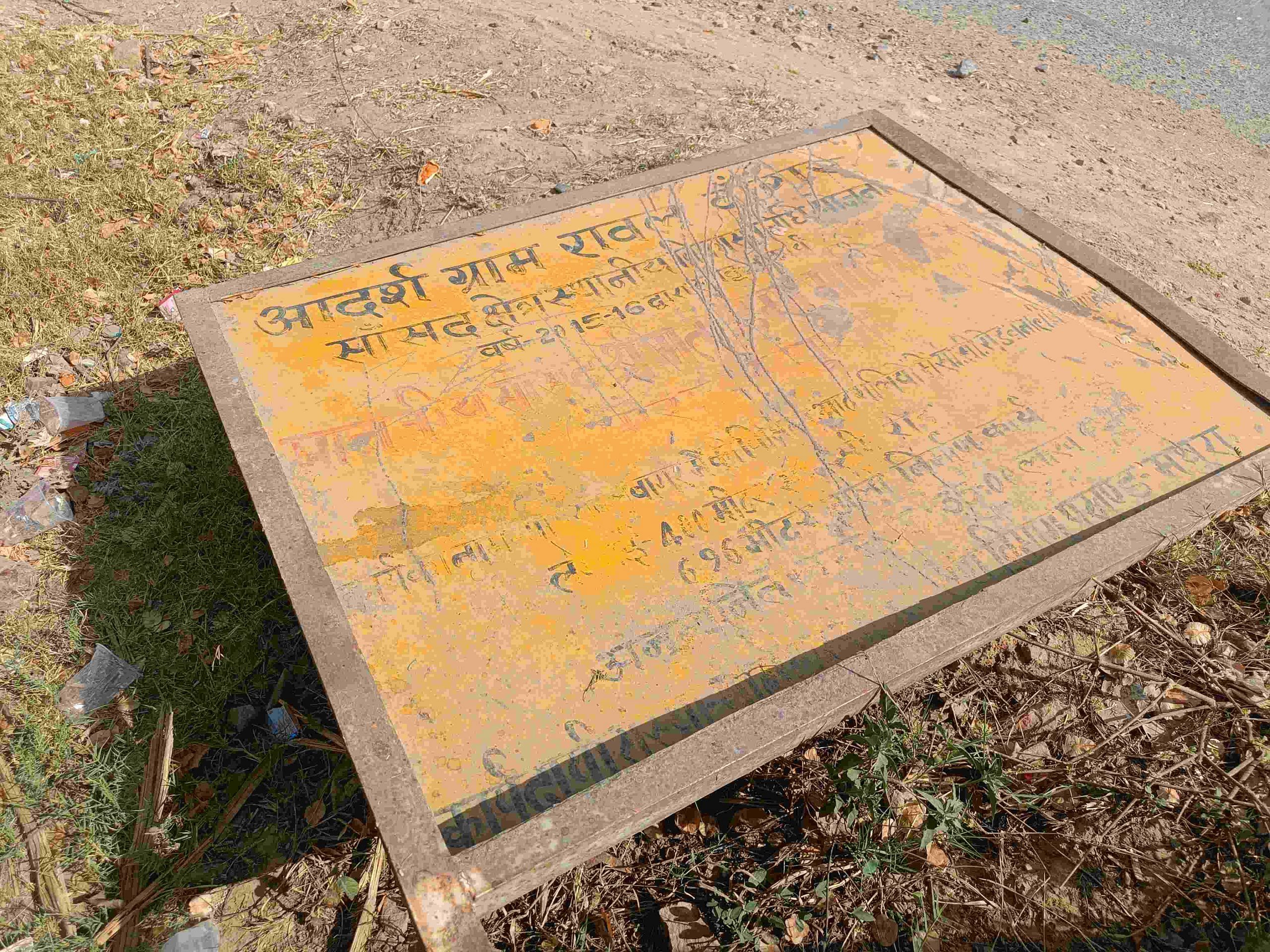
Sitting on a platform in one corner of Rawal, Totaram tells ThePrint when Hema Malini first adopted the village in the first phase in 2015-16, the actor-politician had some work done — prominent among those laying pucca roads.
“Earlier, there used to be only dust and potholes here, but now every lane has been made up,” the 42-year-old resident says.
But work has been limited since. According to most residents ThePrint spoke to, problems of poor cleanliness and sanitation continue to plague the village, with open drains and piles of garbage on the road raising serious health concerns. Some other projects initially undertaken under the SAGY have since been stalled — including an RO water plant that was shut down within a year of its installation in 2016.
As Totaram puts it: “Attempts to make this village ideal are still not successful.”
Meanwhile, in the Brahmin-majority Pentha, some 30 km from the Hindu holy town of Vrindavan, residents have a different sort of complaint — they say that, unlike many other villages in Mathura, this one was already relatively prosperous and that not much has changed since the BJP MP adopted it in the second phase of the SAGY scheme in 2016-17.
“One should adopt a village that lacks facilities,” 56-year-old village resident Shiv Singh Patel says. “Hema Malini never comes here. No one has ever seen her.”
On her part, the two-time MP claims she is now working on bigger projects — such as the Uttar Pradesh government’s proposed revamping of the ‘84 Kosi Parikarama’, a pilgrimage that involves a 252-km circuit of Braj, a region associated with the Hindu god Krishna.
“It’s the job of the MLAs or local representatives to keep up development work. I will not be here for small jobs. I’m here to do the big work,” Hema Malini told ThePrint. “Should I focus on bigger projects, or should I focus on nala-kharanja (drain cleaning)?”
Also Read: Crocodile-infested waters, jungles, no network — covering UP villages on India-Nepal border
What is SAGY
Under the SAGY, the MPs — from the Lok Sabha as well as the Rajya Sabha — were meant to adopt villages in eight phases until 2024.
“The goal of (the) Saansad Adarsh Gram Yojana is to translate this comprehensive and organic vision of Mahatma Gandhi into reality, keeping in view the present context,” the scheme’s website says.
According to data from the SAGY website, 703 Gram Panchayats (GPs) were adopted in the first phase in 2015-16. By the time the eighth phase rolled in, this number was down to 284.
Data also shows that 1,506 gram panchayats were adopted in SAGY-1 between 2014 and 2019, and 1,900 were adopted during SAGY-2 (2019-24).
It also shows that while the Modi government’s pet project had gotten off to a good start, it began to flag in the later stages, with adoption dropping by 60 percent in 2023-24 compared to 2014. In addition, as of 2023-34, only 3,406 GPs have been adopted — just half of the target of 6,000.
A report by ThePrint showed that lack of interest among MPs, jurisdiction bottlenecks, and, most importantly, the absence of dedicated funds are the prime reasons for the poor response.
According to the SAGY website, it “converges resources available from a range of existing Central Sector, Centrally Sponsored and State Schemes to achieve the programme objectives and as such, no additional funding is deemed necessary”.
Among these “centrally sponsored schemes” used for the project are the Members of Parliament Local Area Development Scheme (MPLADS) — a dedicated corpus given to MPs to recommend developmental programmes in their own constituencies.
While launching the scheme in October 2014 — five months after his government swept to power at the Centre — Modi clarified that it was “not a scheme about money” and that its main objective was the “comprehensive development of rural villages through the convergence of central government schemes and people participation”.
“The model of our development has been supply-driven. Schemes are made in Delhi and Lucknow, and are pushed further. We want to change it from supply-driven to demand-driven,” he had said.
But, one of the key indicators of the flagging interest is how infrequently the scheme gets mentioned in Parliament. According to government data, between 2015 and 2022, there were 10 questions about it in the Lok Sabha — most of them asking about the scheme’s success and inquiring about separate funds. Nearly half of the questions were asked by BJP lawmakers.
In 2016, at the end of the first phase of SAGY, several MPs, including then BJP minister Birendra Singh, had urged the central government to reconsider the scheme’s funding mechanism.
Former rural development minister Upendra Kushwaha conceded to ThePrint that the SAGY wasn’t working in the manner the government had anticipated.
“The biggest challenge is the lack of support from the state governments. The district administration is not taking interest. If the state government helped, the villages could have developed well,” the Rashtriya Lok Manch national president, who was in the Modi cabinet during the scheme’s launch in 2014, told ThePrint.
Unfulfilled promises
At Rawal, the padlocked blue iron doors of the derelict village health centre, the rusted blue gates of the built-but-never-used local post office branch, and the abandoned RO plant all tell the same story — a village that feels it has been hung out to dry.
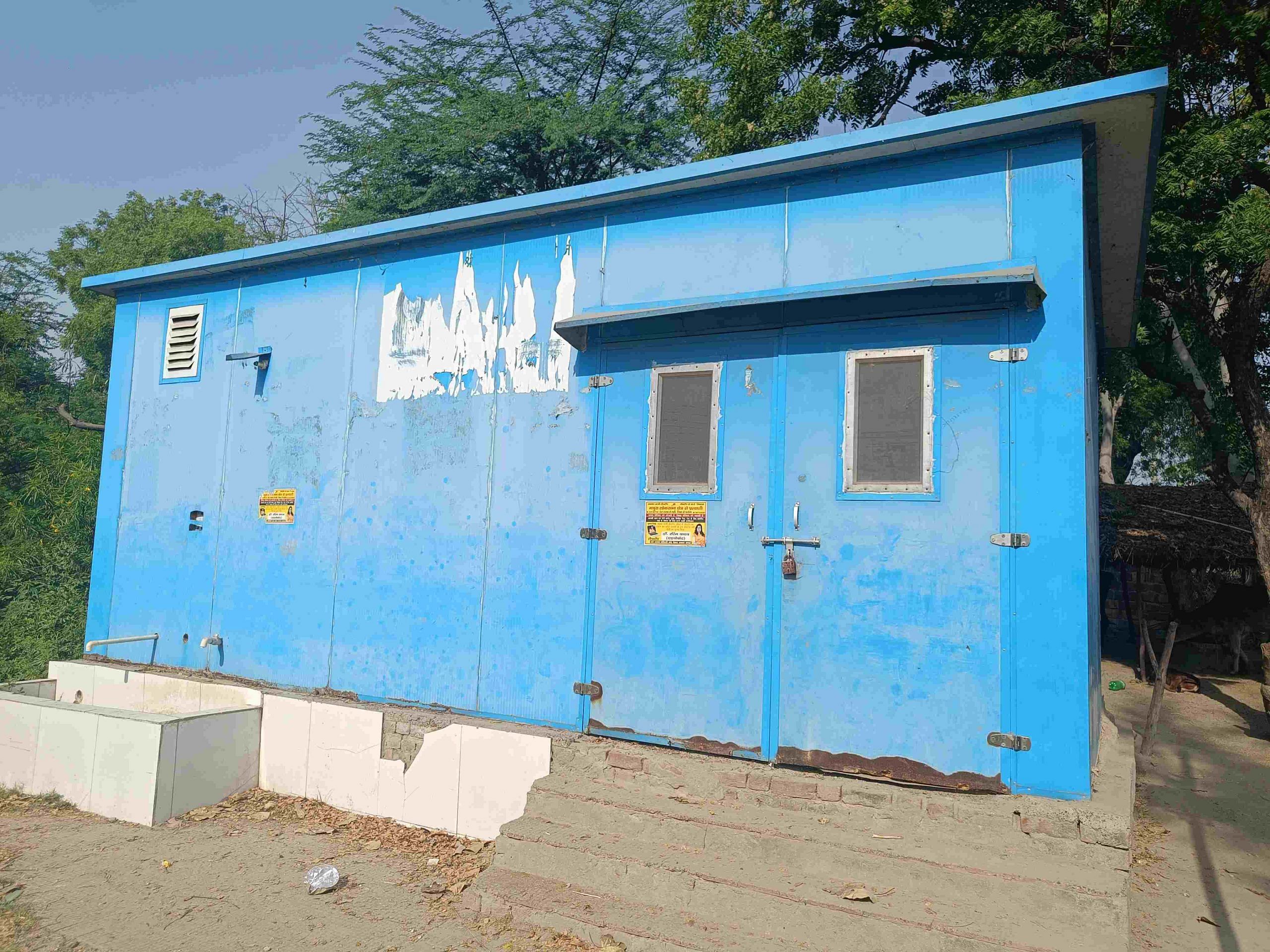
With a population of 3,000 people, Rawal village on the banks of the Yamuna has a mix of Gujjars, Brahmins, Nishads, and Muslims, with most of its inhabitants engaged in farming and cattle rearing.
Residents say BJP MP Hema Malini was active for the first 2-3 years of adopting the village but soon lost interest.
“Dozens of solar lights and an RO plant were installed, and a health centre was constructed but all of that is now gathering dust as villagers don’t use them,” says Totaram.
The absence of doctors at the local healthcare centre means it’s often closed, forcing residents to travel 10 km to Mathura. While the most important temple in the village — the Shri Radha Rani Janam Sthal Temple — is promoted as an important pilgrimage point by the Uttar Pradesh tourism department and frequently sees tourists, there are no drinking water facilities for them.
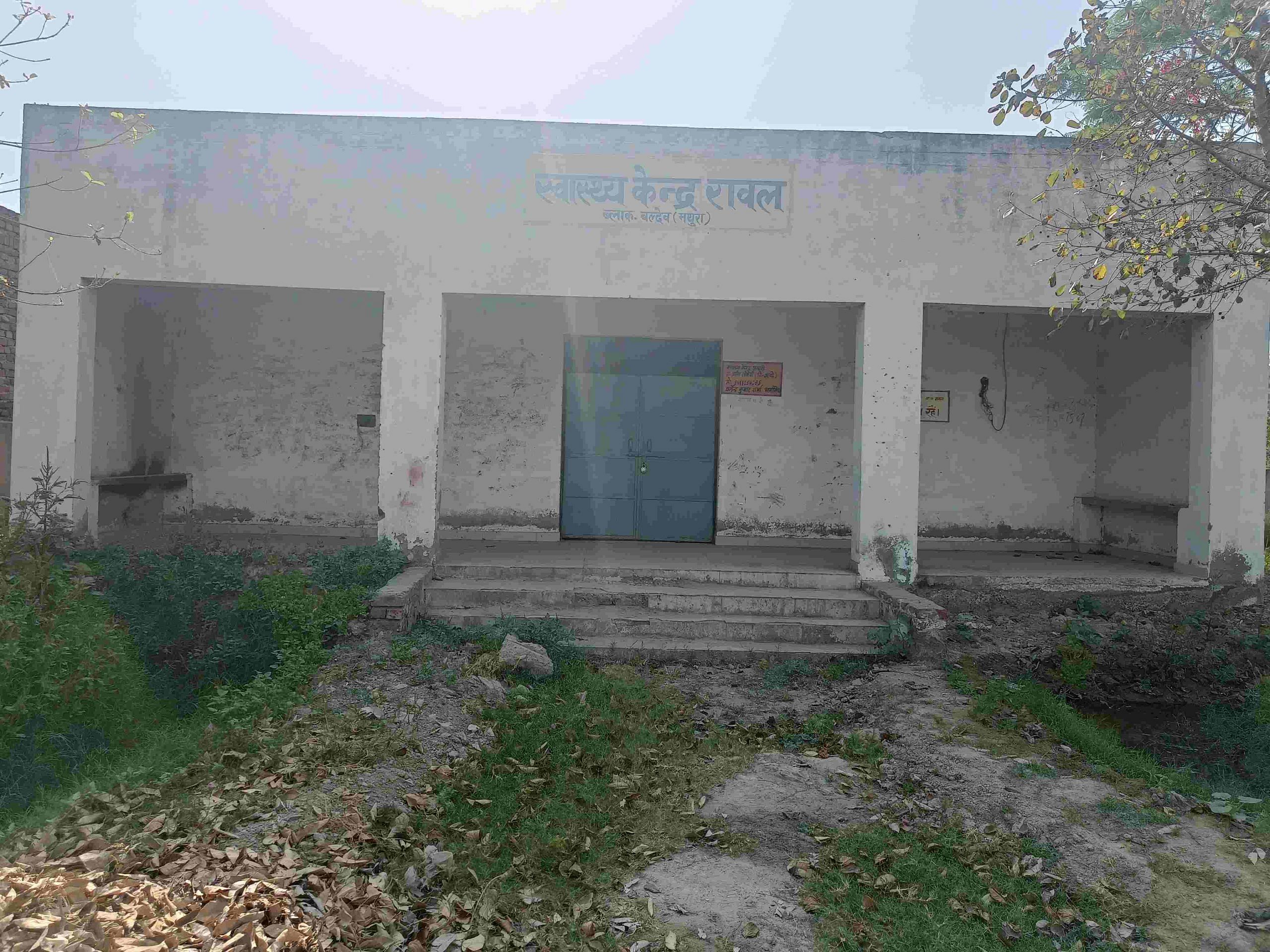
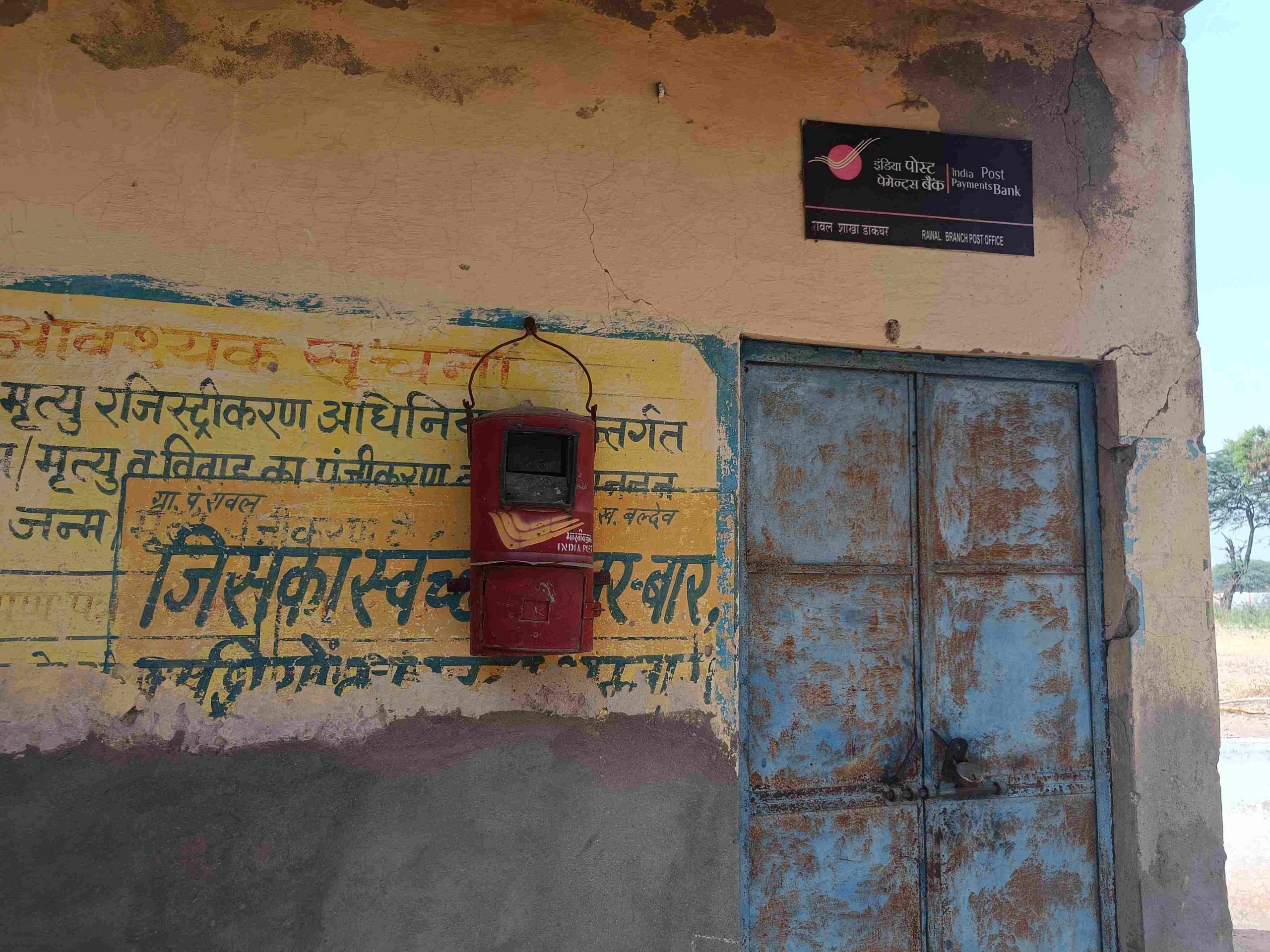
In addition, being on the Yamuna bank means floods and displacement during monsoons. Poor drainage leads to sewage spills onto the village roads while central schemes such as the Pradhan Mantri Gramin Awas Yojana haven’t reached the village, Rajkumar Baghel, Rawal’s gram pradhan or village head, told ThePrint.
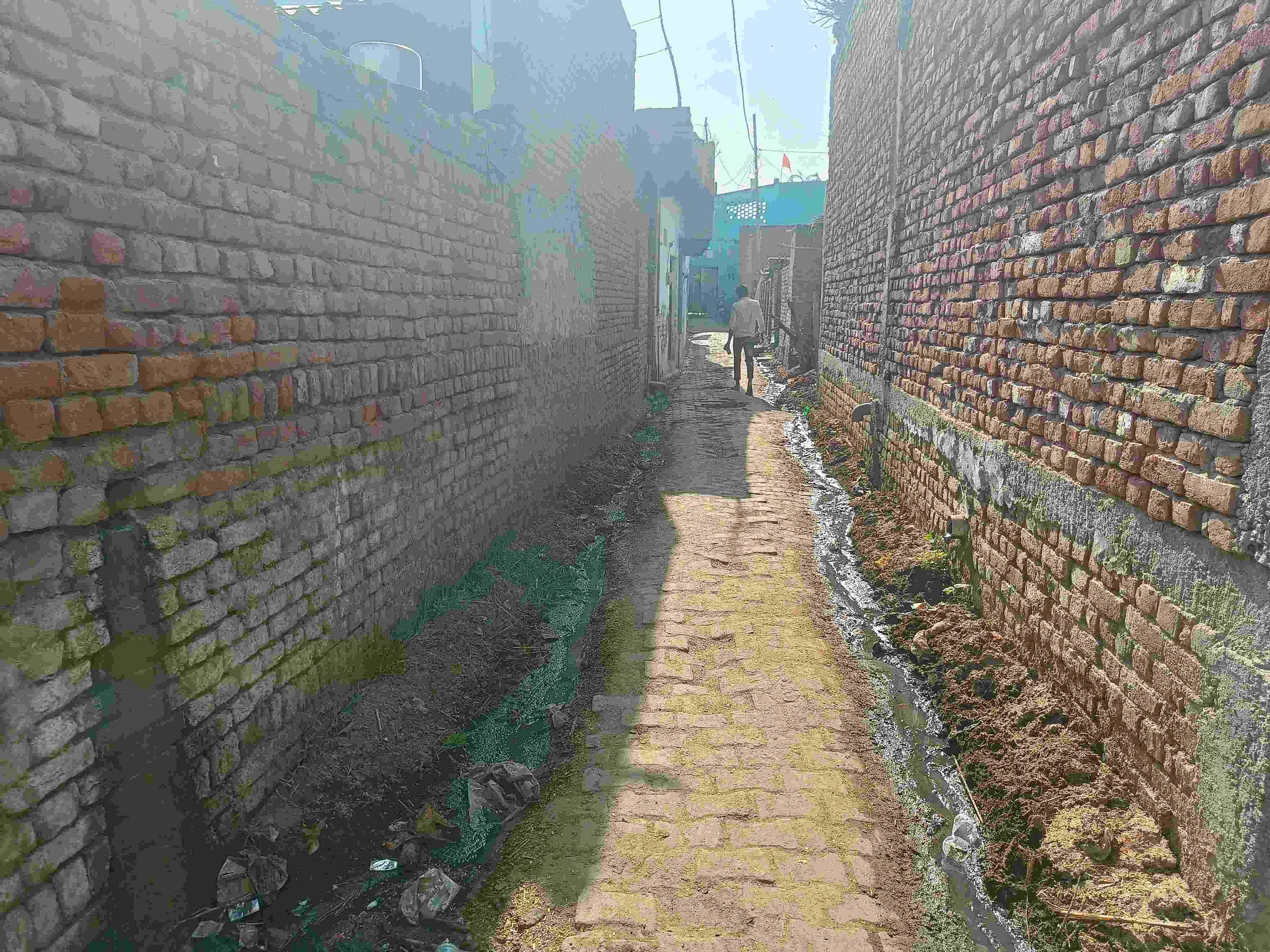
Like Totaram, Baghel too believes that although some work has been done since it was adopted, the objective of the SAGY scheme hasn’t been fulfilled.
The MP’s visits, too, have declined — while she came to the village frequently in the first few years, it has been over a year since her last visit, say villagers.
“Now, the village is adopted only in name,” Baghel says with a hint of regret.
Despite these problems, there are many who jump to Hema Malini’s defence. One of them is 35-year-old Hans Kaur.
Kaur, who’s making cow-dung cakes in the courtyard of her house, talks about how most of the 40 solar streetlights installed by the MP in the village broke down within months.
“In the evening, the entire village is plunged into darkness. The lights broke down within a few months and no one came to fix them,” Kaur, whose face is hidden behind a thick veil, tells ThePrint.
She admits it has been some time since the MP’s last visit to the village. But she also says in a low voice: “Hema ji is a big person. Where does she have time?”
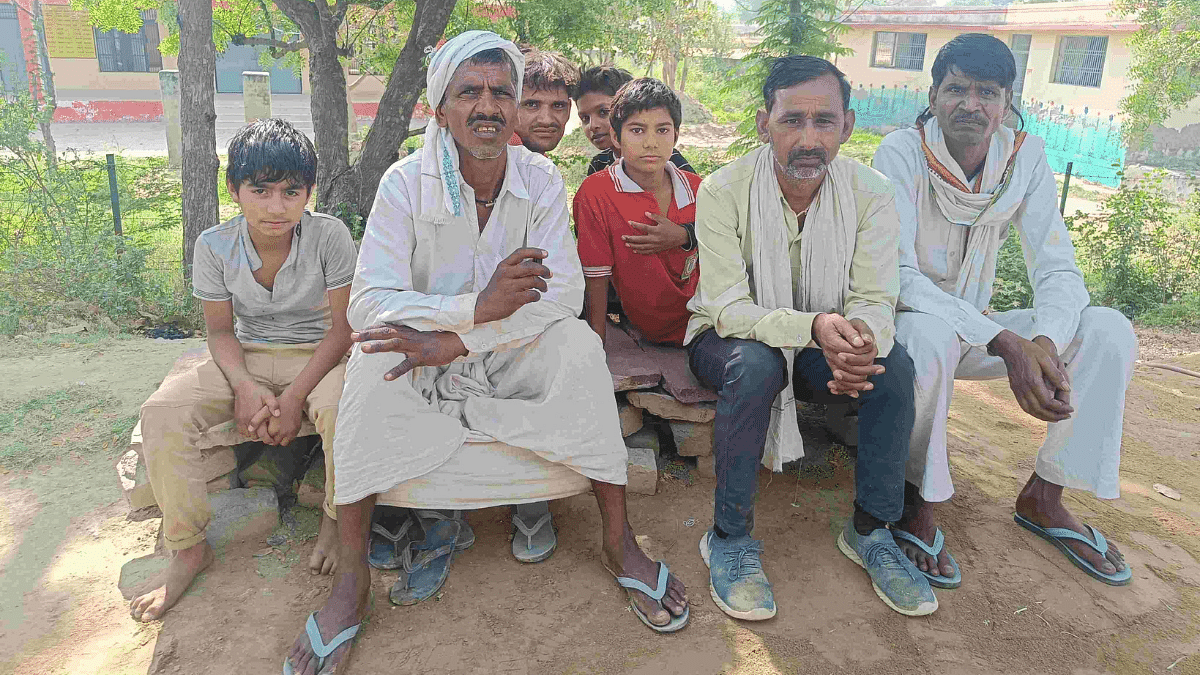
Baghel, too, concedes there was much that Hema Malini did for the village in the initial years. “From India’s Independence until a few years ago, there were only unpaved roads to the village. But the one thing that has happened is the paving of good roads.”
In another part of the village, 48-year-old Brijbhan is sitting on a cot outside his house smoking a beedi. Like Baghel, he, too, counts the village roads among the BJP MP’s “good work”.
“We can never forget this favour. Many MPs came and many went but no one did anything for us. Now, we will repay the debt by voting for her in this election,” he says.
‘Adarsh Gram is just an illusion’
The situation in Pentha, meanwhile, offers something of a contrast to Rawal. This village of 5,000 has a large proportion of Brahmins, although Dalits (Jatavs and Dhobis), backward classes (Patels), and Muslims also make up a significant group.
According to 56-year-old Shiv Singh Patel, the village has always had good infrastructure — from decent roads to adequate electricity and water connections.
“Adarsh Gram is just an illusion. Nothing has happened to the village since she adopted it,” he says, adding that the MP has never visited the village.
In December, the tourism department built a helipad in the village, which is located 5 km from Govardhan, another of UP’s key Hindu pilgrimage centres. But the helipad has yet to be made operational.
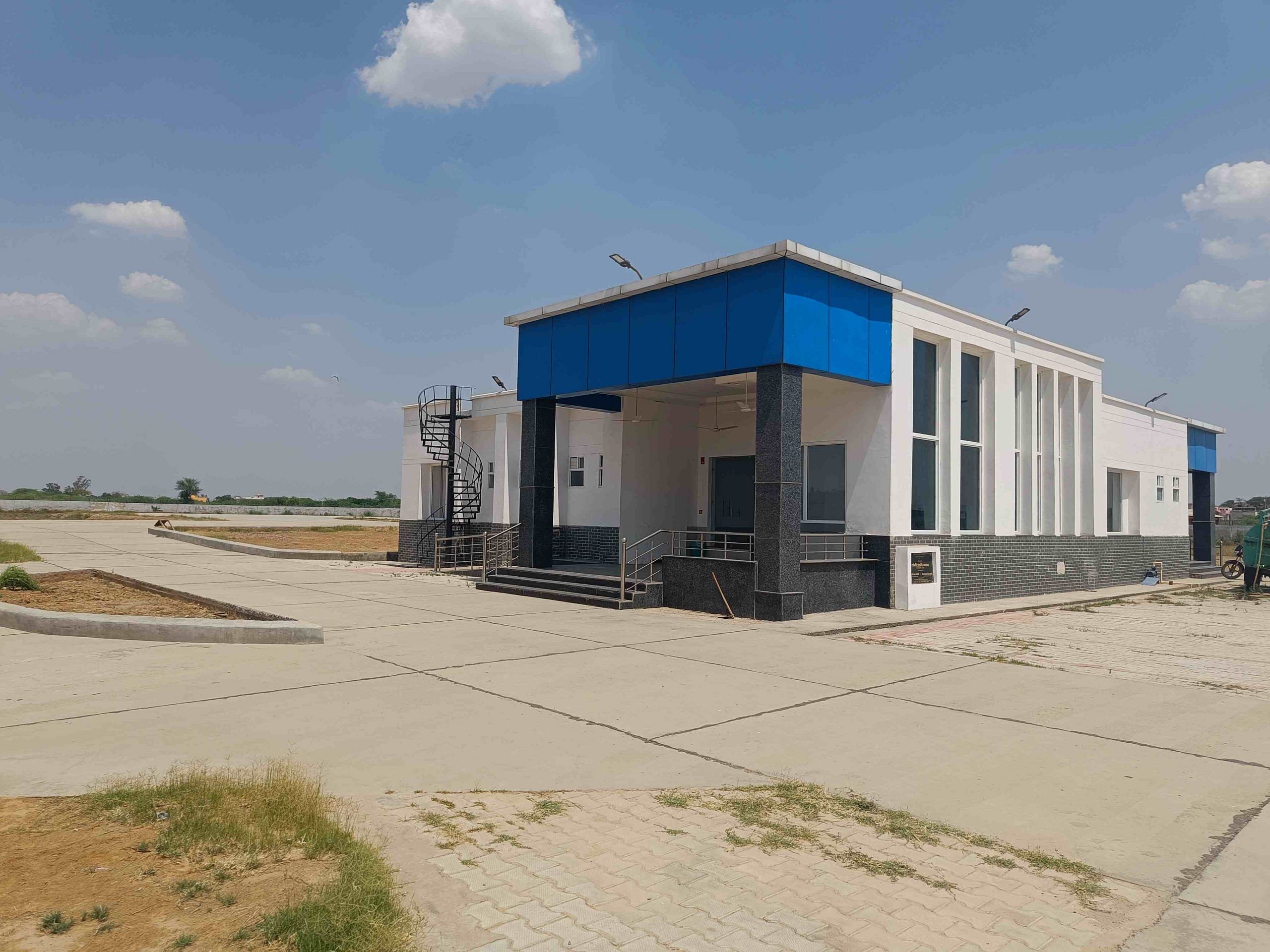
Despite its relative prosperity, cleanliness and sanitation remain a major cause for concern here. Garbage litters every corner of the village and, according to the villagers ThePrint spoke to, drains overflow when it rains.
However, even while villagers complain that no work is done here, they still hope the situation will improve in the next few years.
“She (Hema Malini)) should focus on it (cleanliness) and with this hope, we will make her win from Mathura for the third time,” declares 64-year-old Radheshyam.
(Edited by Uttara Ramaswamy)


